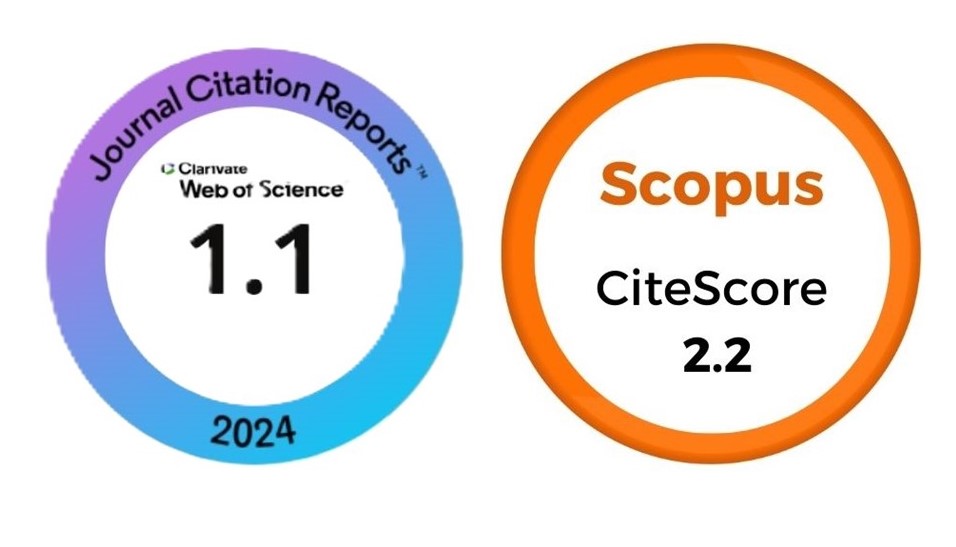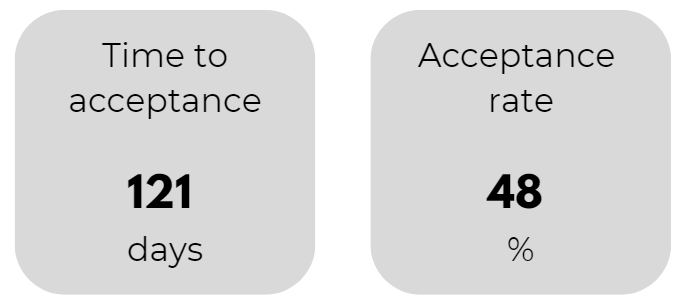Mefenpyr-diethyl as safener for haloxyfop-methyl use in bahiagrass
DOI:
https://doi.org/10.1590/2447-536X.v27i3.2306Keywords:
ACCase inhibitors, Chemical protector, herbicide, Paspalum notatumAbstract
Mefenpyr-diethyl is a foliar-acting safener of the pyrazoline chemical group, and after its absorption, the metabolization and detoxification of herbicides occur in treated plants. Studies have demonstrated the protective effect of this safener for the herbicide fenoxaprop-P-ethyl in grass. Thus, this work aimed to evaluate whether a tank mixture of mefenpyr-diethyl has a protective response to haloxyfop-methyl in non-perennial bahiagrass. The experiment had a completely randomized design and was carried out in a greenhouse, using five replications with a 10x2 factorial scheme and ten doses of haloxyfop-methyl (0.00, 0.24, 0.49, 0.97, 1.95, 3.90, 7.79, 15.59, 31.28, and 62.35 g a.i. ha-1) in the presence or absence of a tank mixture of mefenpyr-diethyl (50 g a.i. ha-1). Phytotoxicity and electron transport rate (ETR) were evaluated at 7, 14, 21, and 28 days after application (DAA), in addition to plant height and dry biomass at 28 DAA. In general, phytotoxicity increased due to the higher levels of the herbicide haloxyfopmethyl. The application of mefenpyr-diethyl, in turn, provided lower levels of phytotoxicity, as well as lower reductions in ETR, height, and dry biomass when compared to untreated plants. These results show the safener action of a tank mixture of mefenpyrdiethyl on low doses of haloxyfop-methyl in non-perennial bahiagrass.Downloads
Download data is not yet available.








